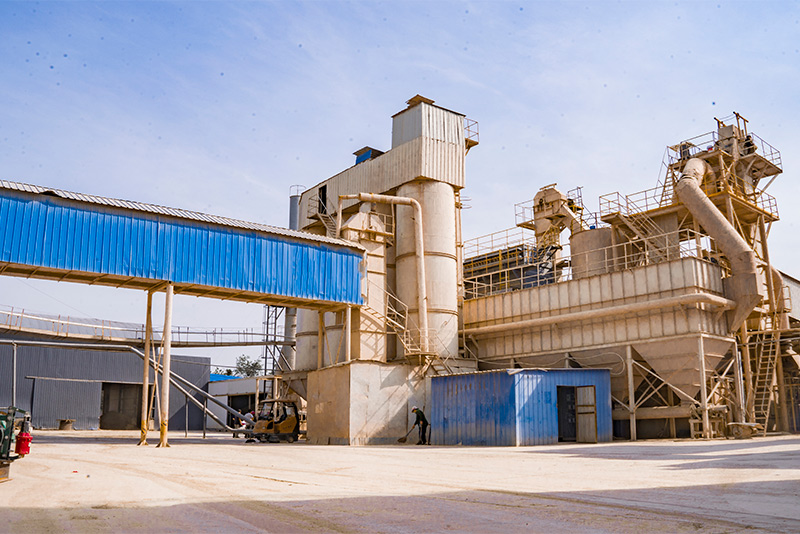The Role of Sand in Foundry Processes
Sand has been a crucial material in the foundry industry for centuries. Its unique properties, such as high thermal resistance, malleability, and abundance, make it an ideal choice for creating molds and cores in metal casting. In this article, we will explore the various types of sand used in foundries, their characteristics, and the significant role they play in the foundry process.
Types of Sand Used in Foundries
The primary type of sand used in foundries is silica sand, which is composed mainly of silicon dioxide (SiO2). Silica sand is favored due to its excellent thermal stability, allowing it to withstand the high temperatures of molten metal without deforming. The grain size, shape, and distribution of silica sand can significantly impact the quality of the mold and the final casting.
Another popular type is olivine sand, which consists of magnesium iron silicate. Olivine sand has a higher melting point than silica sand, making it suitable for casting high-temperature alloys. Additionally, its unique green color often aids in visual inspection during the casting process.
Green sand, a mixture of silica sand, clay, water, and other additives, is commonly used for creating molds. The term green refers to the moisture in the sand, not its color. The clay serves as a binder, providing the necessary cohesiveness to hold the mold shape. This type of sand is versatile and can be easily shaped, making it ideal for a wide range of metal casting applications.
Characteristics of Foundry Sand
sand used in foundry

The qualities of foundry sand, such as grain size, shape, and mineral composition, play a crucial role in the casting process. The grain size affects the surface finish of the casting; finer grains produce smoother surfaces, while coarser grains provide better strength but may lead to a rough surface.
Additionally, the shape of the sand grains impacts the flowability and packing density of the sand mixture. Rounded grains tend to flow better and pack densely, which is advantageous for achieving accurate mold dimensions. Conversely, angular grains provide better interlocking and strength, reducing the likelihood of mold collapse.
The Foundry Process
The foundry process typically begins with the preparation of sand molds. The chosen sand is mixed with water and clay to create a moldable material. Once the mixture is adequately prepared, it is packed around a pattern, which is an exact replica of the desired casting. The packed sand holds its shape upon removal of the pattern, creating an intricate mold cavity.
After the mold is created, molten metal is poured into the cavity. Once the metal has cooled and solidified, the sand mold is broken away to reveal the casting. The quality of the mold, influenced by the type and properties of the sand used, directly affects the final product's dimensional accuracy and surface finish.
Conclusion
In conclusion, sand plays an indispensable role in the foundry industry. Its diverse properties and flexibility in various casting processes make it an essential material for producing metal castings. From silica sand to olivine and green sand, the choice of sand type can significantly influence the quality of the final product. Understanding these factors is vital for foundry operations aiming to produce high-quality castings efficiently. The ongoing advancements in sand technology and recycling practices further promise to enhance its sustainability and effectiveness in the foundry sector.
Post time:10 月 . 19, 2024 01:50
Next:dry sand casting process
